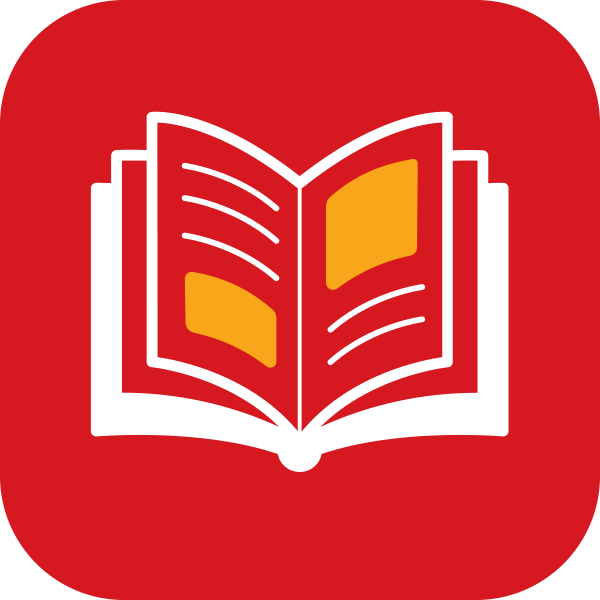How can school leaders effectively implement the DfE’s comprehensive new reading guidance with the minimum of fuss? Georgina Cook explains why NGRT and myON are essential when it comes to a whole-school reading strategy
Of the 101 things jostling for the attention of school and trust leaders at the start of the new academic year, one will be the DfE’s new, expanded reading framework, which has been updated to help children to become fluent readers beyond Key Stage 1.
At 171 pages, it’s a hefty read – and an important one, because it outlines how schools can identify struggling readers and what they should do to support them. Its thrust is prescriptive rather than suggestive – it reminds school and trust leaders that reading ability is crucial to access the curriculum, that it is a key SLT responsibility, and that mere intentions to ‘inculcate a reading culture’ will not suffice; strategy and structure are required.
Each section, for instance, comes complete with an audit that schools are advised to perform – can you reliably identify students with reading weaknesses, how often do they visit the library, what books are available? And it makes clear that every member of staff – teaching assistants as well as teachers – needs to know where each student is on their reading journey and how best to support them.
School leaders could be forgiven for finding the guidance daunting – especially those at secondary level who had assumed that synthetic phonics was a matter for primary schools and who will have many colleagues who have never been trained to help children learn to read.
But, as the document explains, there will be children who have not mastered the basic elements of reading, regrettably more of them since the pandemic disrupted their education, and that unless they are identified and supported, they will never be able to fully access the curriculum.
Implementing the guidance
How then should school and trust leaders set about implementing the DfE’s guidance, and how can they do so efficiently and effectively, safe in the knowledge that their reading strategy is fit for purpose and not covered in red tape?
This is where the New Group Reading Test (NGRT) and myON can help – NGRT because it is a consistent and reliable assessment that can be used to evaluate the reading skills of children from Reception through transition to KS3 and beyond; and myON because it provides the structured, teacher-directed daily practice that students need if they are to become fluent readers.
Together, they address key guidance requirements and help school leaders:
- Be confident in the evaluation of teaching of reading from Reception to Year 9
- Identify who is below, in line or above reading expectations
- Know which students are making the slowest progress
- Understand the importance of phonics for older, weaker readers
- Improve provision where reading weaknesses are found
- Motivate students to develop a love of reading across all subjects
- Support teachers to deliver directed daily reading tasks
- Help parents help their children learn to read.
What schools need to do – and how NGRT meets those needs
The guidance is clear about how standardised tests are essential when it comes to identifying students’ reading skills and those who may need most support: “It is vital that pupils are assessed carefully and reassessed frequently”, in order that “they make the fastest progress” and that “fluency is key once students can decode”.
It also acknowledges that transition is a particularly challenging time when assessment is vital, that school leaders should be clear about their expectations for assessment, that they should be able to pinpoint who is making the slowest progress and that Ofsted will be particularly interested in those students and what additional provision is on hand to support them.
NGRT addresses all of these requirements:
- It is a consistent assessment that can be used with children from age 6 – 16 years, and is particularly useful in helping schools navigate transition
- It is a standardised assessment that allows schools to identify precisely students’ reading abilities and how they benchmark nationally
- It enables teachers to identify students whose reading is below the expected standard
- It can identify those with ‘hidden’ weaknesses in phonics, vocabulary or comprehension, even if their overall reading skills appear superficially on target
- It can be administered annually or termly, if required, to monitor progress
- It comes with a wealth of support materials that will enable schools to interrogate their data and suggest the steps necessary to ensure students become confident, skilled readers.
What schools need to do – and how myON meets those needs
The guidance is also clear that choosing the best reading material for the appropriate skill level of the student is crucial. It emphasises that daily “reading practice is key”, that teachers should suggest reading from “high-quality contemporary and classic” fiction and non-fiction texts, and that practice should be teacher-led, with teachers suggesting appropriate material from a range of sources and subjects.
Additional recommendations stress the need to inculcate a love of reading among students, to encourage a love of independent study and motivate self-directed research, and to involve parents effectively in reading practice.
myON addresses all of those requirements:
- It is a teaching and learning tool that matches books to skill levels and saves a huge amount of teacher time
- It ensures students are reading quality, topic-based texts and puts teachers in control of the entire process
- It allows teachers to choose appropriate books for each individual student, minimising the risk of them attempting to read books that are too difficult or are unsuitable
- It allows students to practise aloud, record and listen to themselves and make notes
- It allows teachers to monitor what students have read, how long they have read for and what notes they have made
- It stimulates cross-curricula knowledge and independent research
- It allows teacher-controlled reading exercises to be embedded in homework, allows students to practise at home and involves parents efficiently and effectively
- It inculcates a culture of reading and builds a community of readers involving teachers, students and their parents.
Perfect partners – the two-step solution to the reading framework
Together, NGRT and myON enable schools and trusts to meet the requirements of the DfE’s new reading framework and implement a whole-school reading strategy simply and effectively.
NGRT provides that crucial first step – a consistent and reliable means to identify the reading abilities of each individual student and pinpoint what support they need - while myON delivers the second step, allowing teachers to direct students to high-quality texts, tailored to their needs, which are monitored and adapted as their reading skills improve.
Georgina Cook is a literacy assessment specialist at GL Assessment


